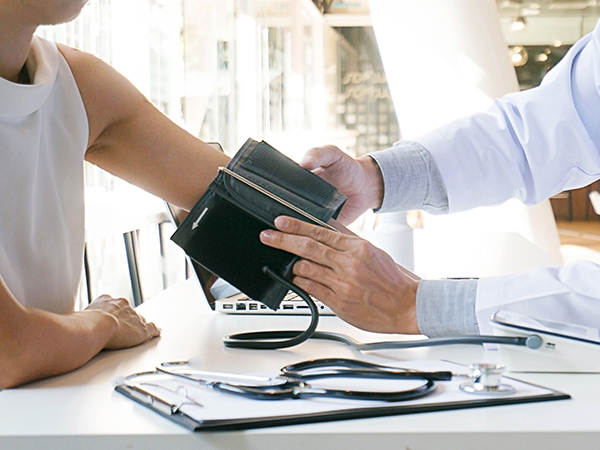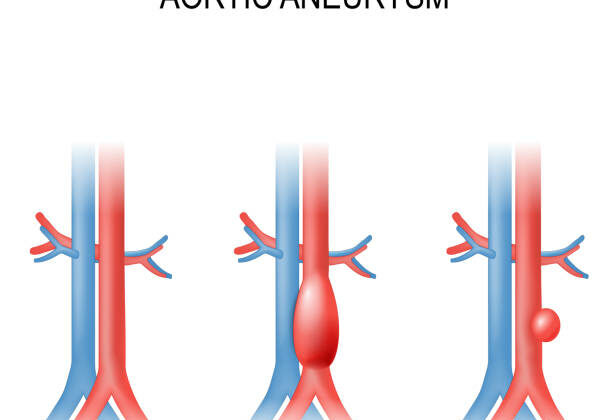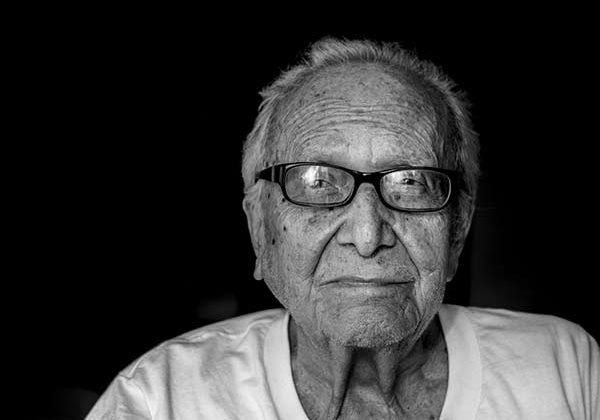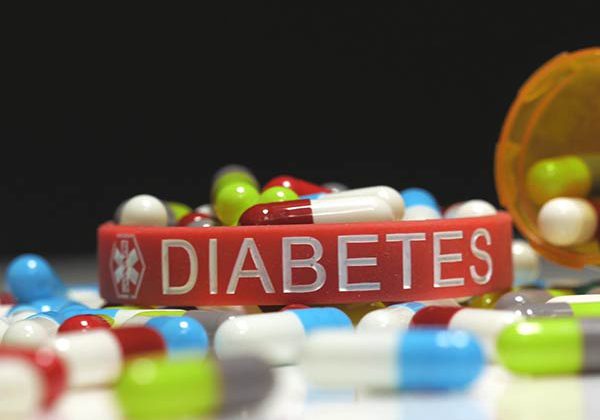High blood pressure in the emergency room predicts risk of cardiovascular disease
There is a strong correlation between high blood pressure in patients in the emergency room and an increased risk of future cardiovascular disease, researchers from Karolinska Institutet in Sweden report in a large registry study published in the journal Hypertension.
Their conclusion is that blood-pressure measurements in the emergency room can be used as a tool for reducing morbidity and mortality rates through early preventive intervention.
Hypertension, is very common and the primary risk factor for cardiovascular disease. In a new study, researchers at Karolinska Institutet have investigated whether blood pressure measurements taken in the emergency room can be used to predict the risk of future cardiovascular disease. The registry-based study included over 300,000 adult patients who had had their blood pressure measured at Karolinska University Hospital’s emergency departments between 2010 and 2016.
Over a follow-up time of roughly 3.5 years after the emergency visit, the researchers analysed the incidence of cardiovascular disease in the form of heart attack, stroke or sudden heart death. Patients with hypertension were divided into three categories based on their systolic blood pressure: mild (140-159 mm Hg), moderate (160-179 mm Hg) or severe hypertension (≥180 mm Hg).
The researchers found a clear and direct correlation between the patients’ blood pressure and onset of cardiovascular disease later in life. Patients with mild hypertension had a 15 per cent higher risk of cardiovascular disease, while patients with moderate hypertension had a 35 per cent higher risk, a figure that rose dramatically to 63 per cent for those with severe hypertension. They observed a similar link between blood pressure and cardiovascular disease for the diastolic readings and found that the correlations held regardless of the seriousness of the patients’ condition when admitted. Their statistical analysis controlled for factors that have a potential effect on the risk of cardiovascular disease, such as age, gender, previous hypertension, diabetes and lipid-reducing drugs.
While high blood pressure in the emergency unit can, of course, be attributed to the patient’s actual physical state or to the stressful environment of the unit itself, the condition should not, argue the researchers, be ignored, as is often the case.
“We believe that elevated blood pressure should be followed up better and seen as an opportunity to optimise or initiate treatment in time,” says study leader Per Svensson, consultant and docent at the Department of Clinical Science and Education (Stockholm South General Hospital), Karolinska Institutet. “Since blood pressure is often measured in the emergency unit, it’s an under-used tool for reducing morbidity and mortality related to cardiovascular disease, especially given that current antihypertensives are both proven and cost-effective.”
In total, just over 46 per cent of the patients had elevated blood pressure during their emergency visit, and three per cent developed cardiovascular disease during the follow-up period.
Source: Karolinska Institutet
Full bibliographic information
“Elevated blood pressure in the emergency department – a risk factor for incident cardiovascular disease”. Pontus Oras, Henrike Häbel, Per H. Skoglund, Per Svensson. Hypertension, online 2 December 2019.





